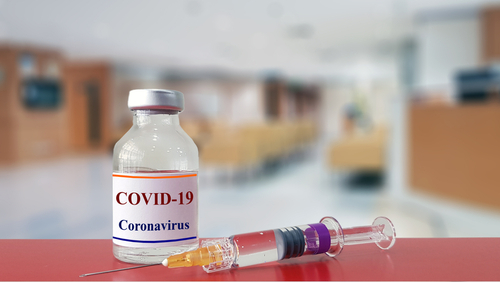
Every day during the COVID-19 pandemic seems to bring word of a new potential vaccine, treatment or diagnostic being considered or pursued, but the vaccine R&D team at the Coalition for Epidemic Preparedness Innovations (CEPI) has made them easier to track.
In a new analysis published in Nature Reviews Drug Discovery, the CEPI team identified 115 COVID-19 vaccines currently in development, tracking them from February. Of the 115, as of April 8, 78 are confirmed as active and 37 remain unconfirmed, based on publicly available and proprietary information sources. Vaccine development programs reported by the World Health Organization (WHO), information from calls for proposals, direct communications with vaccine developers and partners, clinical trial and funders databases, publicly available literature and press releases were all consulted to identify these candidates.
According to the study, a wide range of technology platforms are being considered, using a mix of traditional and novel approaches. Most efforts remain in exploratory or pre-clinical stages, with five exceptions, which have moved into the clinical development stage. These exceptions are being pursued by Moderna, CanSino Biologicals, Inovio and the Shenzhen Geno-Immune Medical Institute. The paper specifically calls out Moderna’s effort, though, for being able to start clinical testing of an mRNA-based vaccine a mere 63 days after sequence identification.
Public information on the SARS-COV-2 — the virus which causes COVID-19 — antigens used for all of these vaccines’ development remains limited, however. Most of those with information available operate by inducing neutralizing antibodies against its viral surface protein.
The majority of active vaccine candidates are being developed by private or industry developers, with small developers seizing the lead over large multinationals. Only 22 of these projects are being led by academic, public sector or not-for-profit organizations. Breaking things down further, 36 active vaccine candidates are being developed in North America, 14 in China and another 14 in Asia and Australia at large, with the remaining 14 being developed in Europe. Vaccine development in Africa and Latin America remains unknown at this time.




